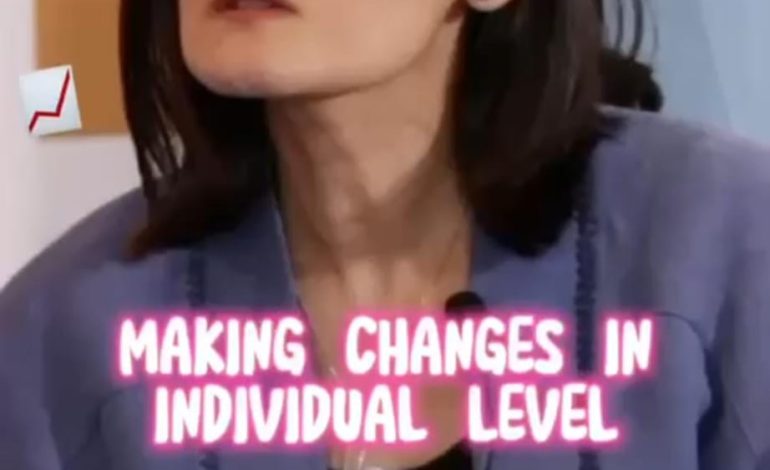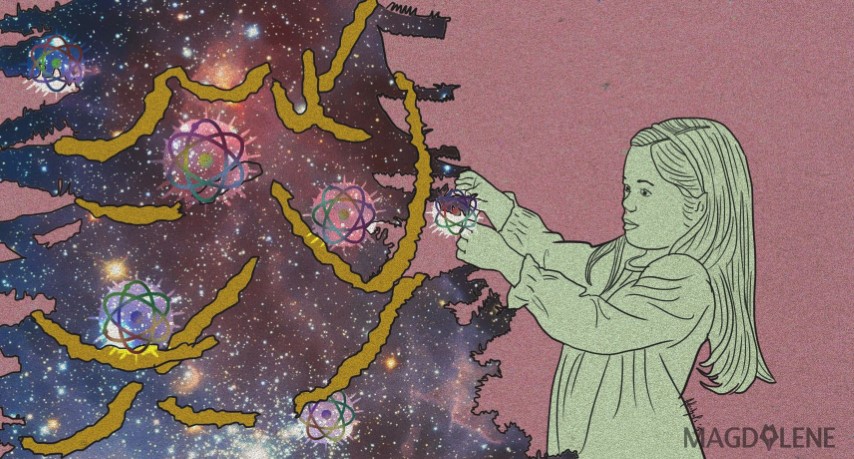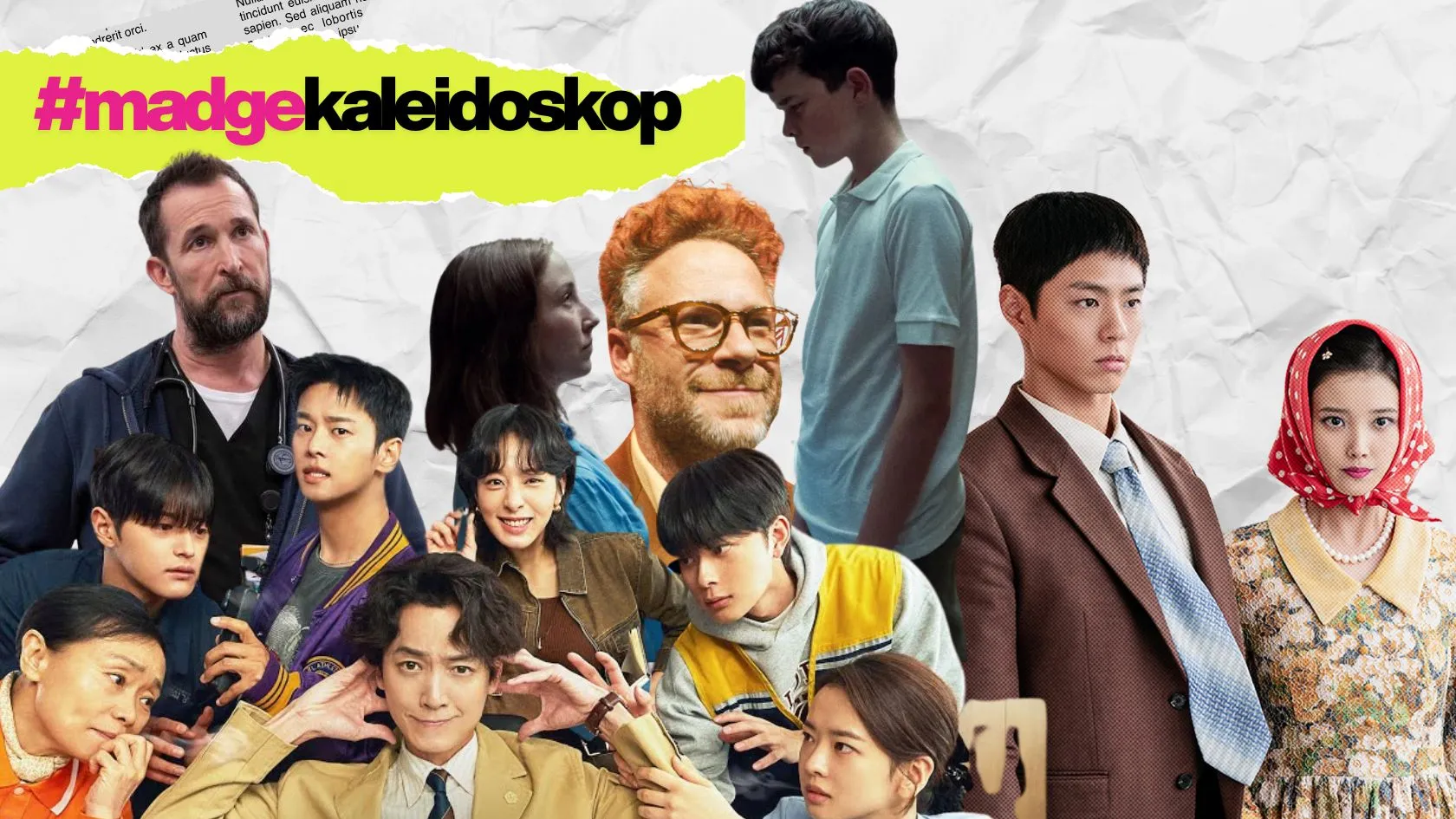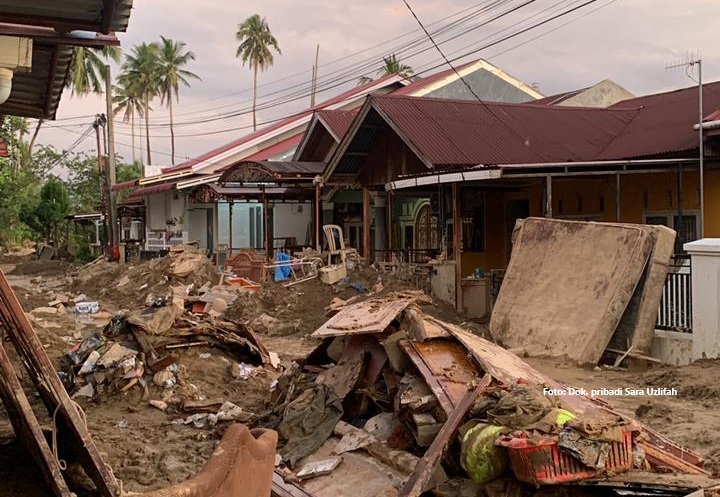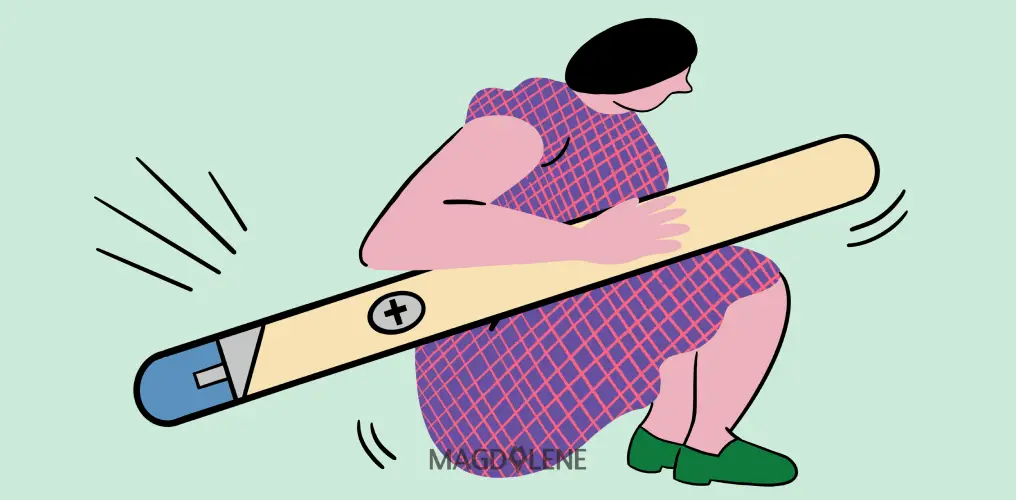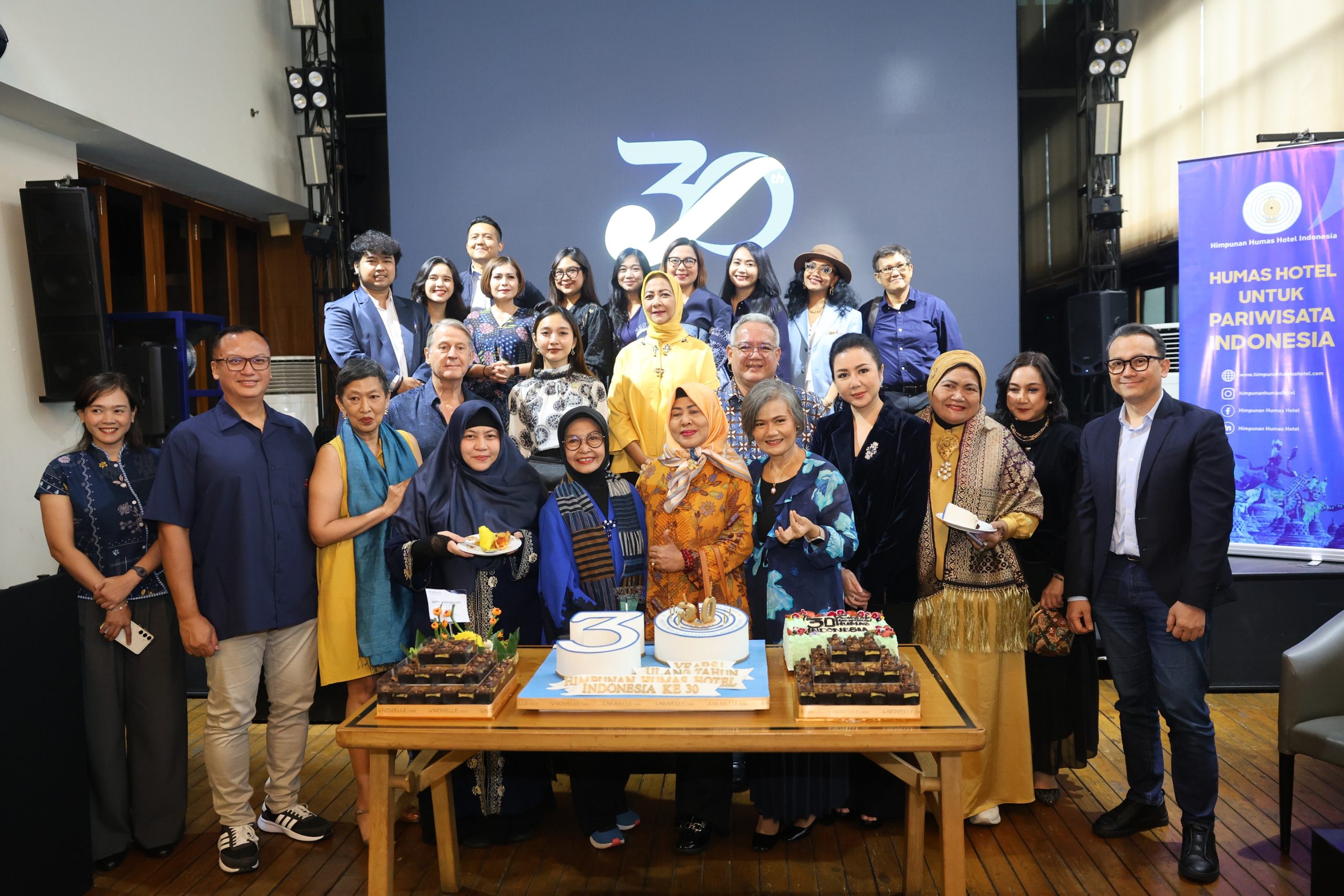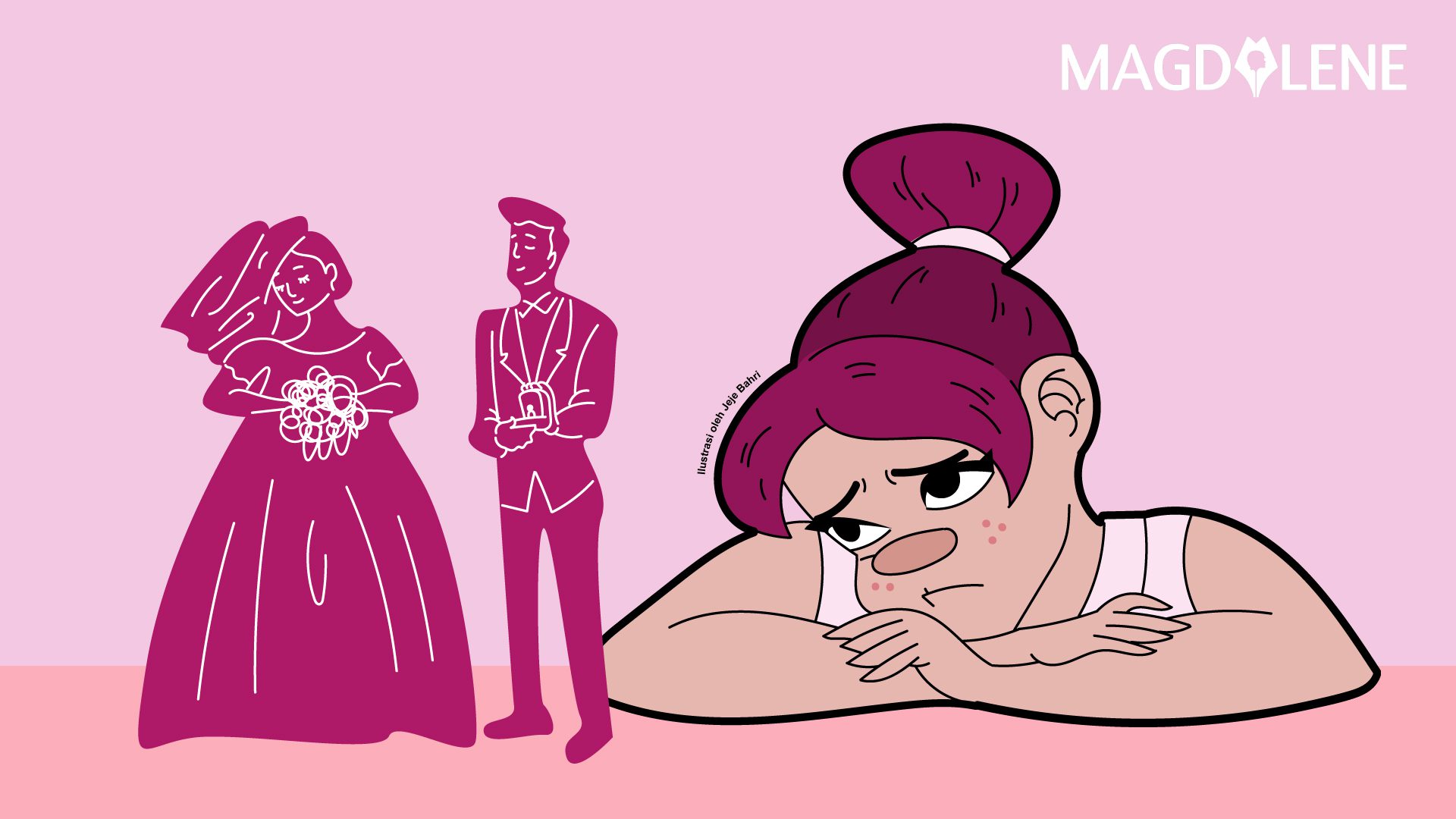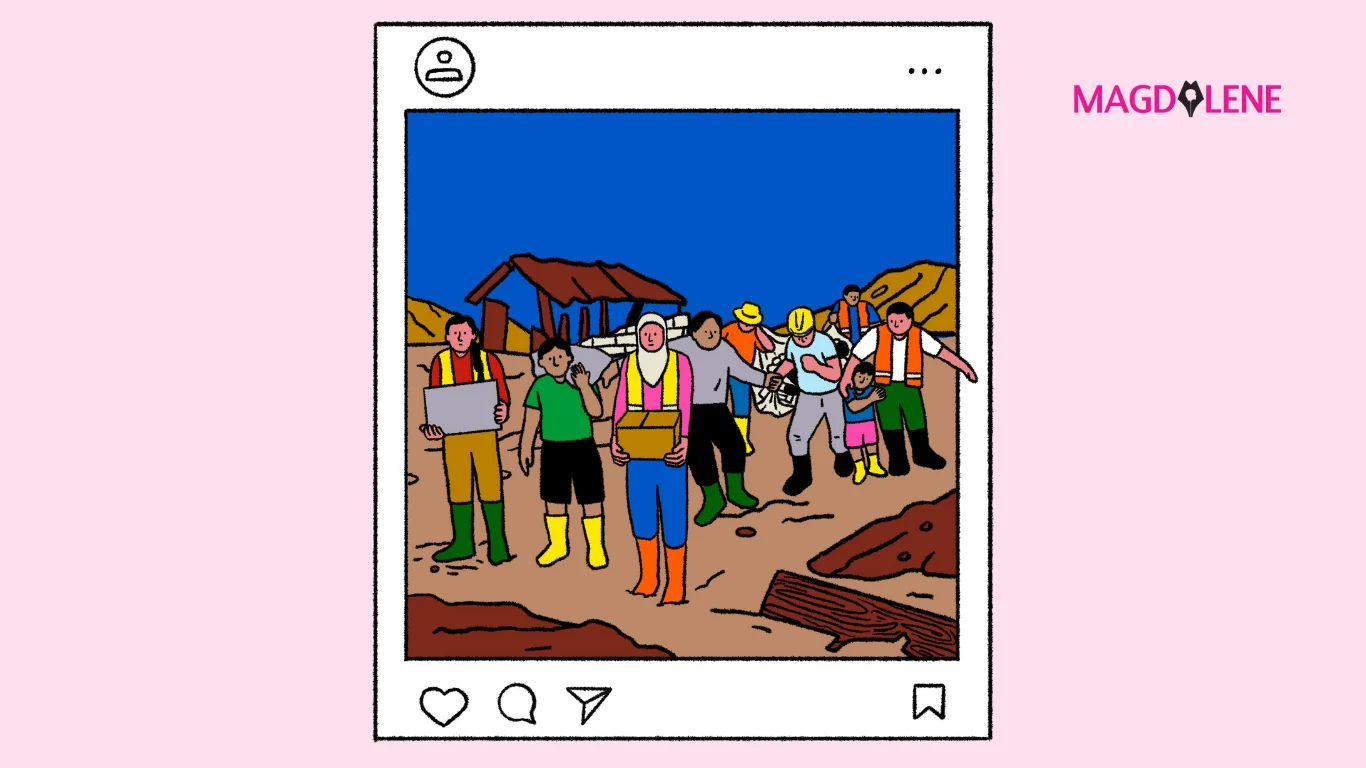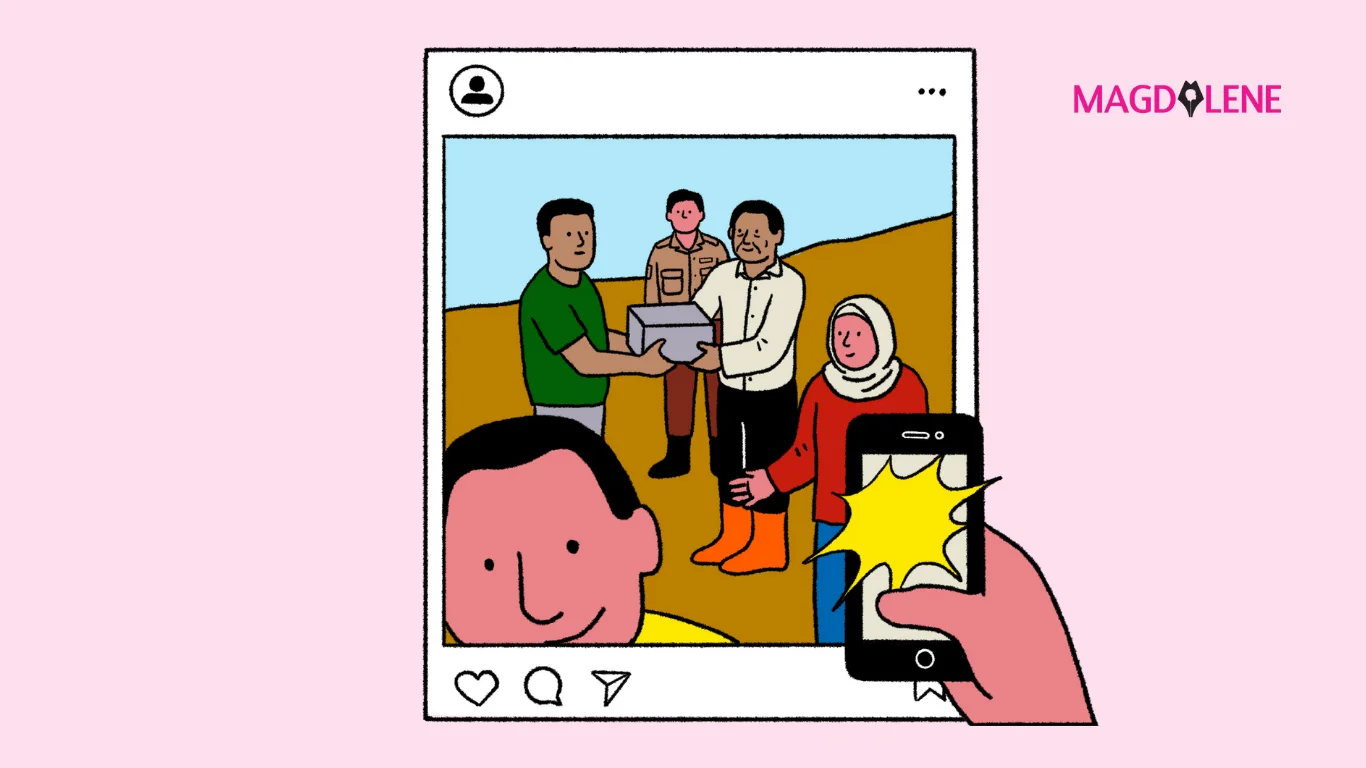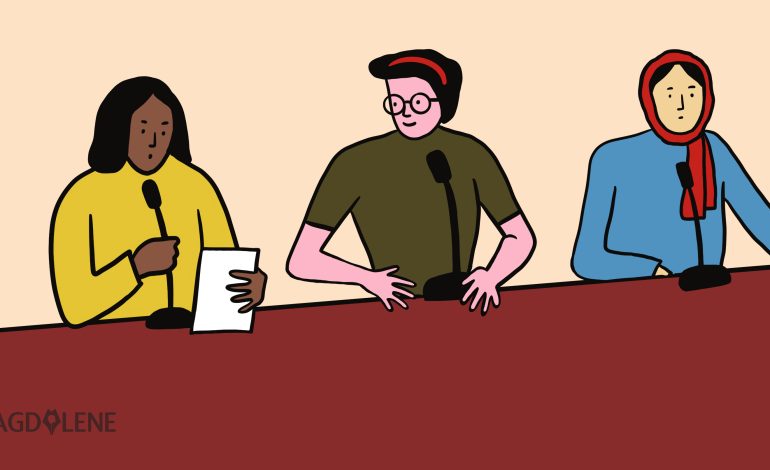
In an era when information is a critical currency, the importance of women-led media is not just significant—it’s indispensable! But, that is not a finished argument. Here’s why.
Today, the distribution of hoaxes and disinformation — over 12,000 pieces of false content circulating in the media sphere between August 2018 and December 2023, according to the Ministry of Communication and Informatics – is not the only problem facing the country when it comes to media and consumers of information.
Hoaxes are a visible and immediate threat, but they represent just a tip of the iceberg. A more insidious issue lies in the gender biases that pervade media reporting. This often-unacknowledged problem is deeply embedded in the daily news we consume, which is frequently filtered through a gendered lens.
When we talk about a gender lens in the media, we’re not just referring to the coverage of women’s issues or stories about women. Instead, it’s about how information is shaped by and perpetuates gender roles and norms, many of which are socially constructed. Used in framing the news or a piece of information to be distributed, a lens can either clarify or distort the truth, much like a camera lens can either sharpen or blur an image.
Also read: Media Should Help Instead of Worsen Sexual Violence Problem
Women-led Media to Build Collective Gender Sensitivity
You may remember some statements made by politicians that roused controversies recently. One like: “It’s not normal if women cannot cook.” Or “Many people resort to corruption and end up in jail because they had to heed to their their wives’ (materialistic) demand.”
Upon hearing this, one may pause and think, “Something feels off here.” When you have a gender lens on, it is clearly that not only these statements are “off”, they reflect the deeper problem of sexism and even misogyny perpetuated in a patriarchal society.
This is the essence of a gender sensitivity: when you recognize that a statement, behavior, a piece of information or entertainment, or anything else is not right and is a result of imbalanced gender dynamics. Gender advocates and women’s rights activists are adept at identifying and articulating these signals, and to a certain extent, many people have this sensitivity, which explains why statements like these often invite enraged reaction on social media.
This sensitivity is still lacking in general in most of conventional and mainstream media content in Indonesia. There is a significant disparity in how men and women are portrayed in Indonesian media. A 2020 report by the Indonesian Press Council highlighted that gender stereotypes are still prevalent in media coverage. Women are often depicted in passive or supportive roles, while men are portrayed as active decision-makers or leaders. This skewed representation is not just a matter of poor optics—it has real-world implications for how gender roles are perceived and perpetuated in society.
Also read: Misinformation, Abuse and Injustice: Breaking Down the Olympic Boxing Firestorm
News coverage of women frequently emphasises their physical appearance. In cases of sexual violence, for example, media reports often describe victims in terms of their attractiveness or marital status—highlighting whether a woman was “sexy,” “beautiful,” or “a widow.” Such descriptions not only reinforce harmful stereotypes but also distract from the serious issues at hand.
The challenge, therefore, is not just for mass media but for all media practitioners, including citizen journalists to tackle. We must work towards fostering gender-sensitive reporting that doesn’t simply reinforce existing biases but actively challenges and deconstructs them. Unfortunately, as it stands, our collective gender sensitivity has not fully developed.
This is where women-led media play a crucial role. These platforms provide a necessary counterbalance to the male-dominated media landscape, offering perspectives that might otherwise be marginalized or ignored. By prioritizing gender-sensitive reporting, women-led media can help to dismantle the stereotypes that continue to pervade mainstream coverage.
This is not just about creating content for women by women. It’s about fostering a media environment that is inclusive, equitable, and reflective of diverse experiences. Women-led media can serve as a critical platform for amplifying voices that are often silenced, whether they belong to women, minorities, or other marginalized groups.
Moving towards gender-sensitive reporting requires a conscious effort from all involved in the media industry. It’s not enough to simply avoid overtly sexist language or imagery; the very narratives we craft need to be scrutinized for their underlying assumptions about gender roles.
For instance, when reporting on economic issues, are women’s contributions being acknowledged and valued? When covering political events, are women being given the same attention and seriousness as their male counterparts? And in stories about crime or violence, are women being portrayed as victims who need protection, or as individuals with agency who are navigating complex situations?
Also read: Lessons Learned from Running a Media Company During the Pandemic
The Road Ahead: Towards a Gender-Sensitive Indonesia 2045?
Achieving a media landscape that is truly gender-sensitive is a long-term project, one that requires ongoing vigilance and commitment. However, the benefits of such an approach are manifold. Not only does it contribute to a more just and equitable society, but it also enriches the quality of our journalism by providing a fuller, more nuanced picture of the world.
We’ve all heard of “Indonesia Emas 2045” (Golden Indonesia 2045), the vision for a prosperous Indonesia by its centennial year. But why don’t we also champion a gender-sensitive Indonesia 2045? This goal isn’t just about adding another milestone to our national aspirations. Instead, it requires a fundamental shift in our societal values and media practices, a marathon of sustained effort that involves every sector, from government to civil society to the media.
Achieving a gender-sensitive Indonesia is not merely a policy goal but a societal imperative. The 2023 Global Gender Gap Report serves as a stark reminder of the work still ahead, projecting that it could take 131 years to close the overall gender gap. Even more daunting are the specific timelines: 169 years for economic parity and 162 years for political parity. These numbers should serve as a clarion call, urging us to accelerate our efforts rather than delay them.
The journey toward a gender-sensitive Indonesia is indeed a marathon, but one that must be run with urgency. This isn’t about achieving a utopian ideal by 2045; it’s about ensuring that every step we take now is firmly rooted in the principles of gender equity. Only by doing so can we ensure that the vision of a prosperous Indonesia is truly inclusive, leaving no one behind.
In conclusion, women-led media is not just important—it’s essential. It provides the necessary perspective to challenge existing biases, offer new narratives, and ensure that all voices are heard. In a world where information is power, ensuring that this power is distributed equitably across gender lines is not just a goal; it’s a necessity.
Devi Nugraha, Head of Communications UNDP Indonesia, a communications professional with nearly a decade of experience, Devin excels in strategic communications, media relations, crisis management, and sustainability messaging across sustainable development sector, technology, FMCG, and public sector.
Ilustrasi oleh: Karina Tungari

